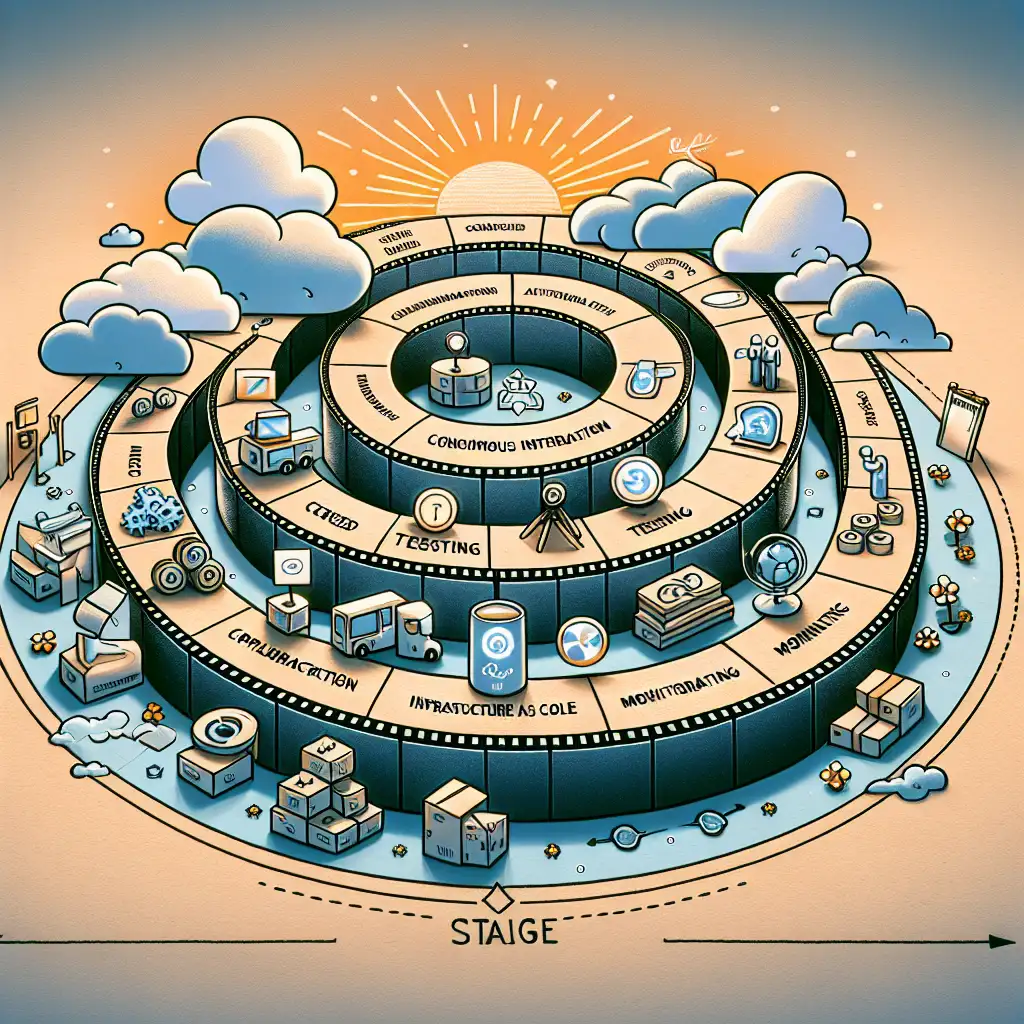How to Build a Practical Roadmap to DevOps That Scales with Your Organization
Forget flashy tools and buzzwords—true DevOps success starts with a clear, scalable roadmap tailored to your unique team dynamics and business goals. Here’s how to cut through the noise and build one.
In today’s fast-paced tech landscape, organizations are eager to adopt DevOps practices to accelerate software delivery, improve collaboration, and boost overall efficiency. However, jumping in without a clear plan often leads to confusion, wasted resources, and fragmented efforts. That’s where a practical DevOps roadmap comes into play.
A well-structured roadmap helps you avoid costly missteps, align development and operations teams, and build delivery velocity that lasts as your organization grows. Below, I’ll walk you through actionable steps to create a scalable DevOps roadmap grounded in your company’s realities—not just shiny tools or hype.
Step 1: Assess Your Starting Point Honestly
Before drafting any plan, understand where you currently stand along the DevOps maturity curve.
- Technical assessment: What does your current CI/CD pipeline look like? Are there automated tests or manual handoffs? How often do deployments happen?
- Cultural assessment: How do dev and ops teams communicate? Are there known silos or trust issues?
- Process assessment: Which development methodologies are you following (Agile, Waterfall)? What incident response workflows exist?
Example:
A mid-sized SaaS company found that deployments happened once every two weeks through manual scripts while devs and ops rarely talked except when outages occurred. This indicated the need for foundational automation alongside cultural alignment.
Step 2: Define Clear Goals Aligned with Business Outcomes
DevOps isn't an end in itself—it's a means to accelerate value delivery and stability. Establish measurable goals that speak directly to what your organization needs.
Common goals include:
- Increasing deployment frequency (e.g., from monthly to weekly)
- Reducing lead time for changes
- Improving system reliability (lowering mean time to recovery)
- Enhancing collaboration between teams
Example:
If your business goal is faster time-to-market for new features during a competitive product launch cycle, prioritize improving build automation and feature flagging over investing immediately in complex monitoring solutions.
Step 3: Identify Key Practices & Technologies Incrementally
Avoid trying to “do it all” at once. Pick practices and tools that map directly back to your goals and maturity level.
Typical progressive milestones might be:
- Version control everywhere: Make sure all code, configs, and infrastructure as code live in repos.
- Automated builds & tests: Introduce CI pipelines that run automatically on commits.
- Automated deployments: Move from manual pushes to scripted or orchestrated releases.
- Infrastructure automation: Use IaC tools (Terraform, Ansible) for consistent environments.
- Monitoring & feedback loops: Implement observability practices and blameless postmortems.
- Cross-functional collaboration rituals: Foster shared ownership with regular sync-ups or “DevOps days.”
Example:
Your first quarter roadmap might focus purely on integrating all projects into version control with basic CI pipelines while scheduling cultural workshops between devs and ops — no need yet for full infrastructure automation if not aligned with current priorities.
Step 4: Assign Ownership & Foster Collaboration
Roadmaps only work if people own the outcomes.
- Designate DevOps champions or lead roles bridging development and operations.
- Create cross-functional working groups empowered to remove blockers.
- Encourage open communication channels—Slack groups, wiki docs—to share learnings openly.
Example:
A retail company I worked with formed a “DevOps Guild” composed of members from different teams meeting biweekly. This forum was critical in surfacing pain points early before scaling problems arose during peak sales seasons.
Step 5: Measure Progress With Meaningful Metrics
What gets measured gets improved — but pick metrics that reflect true advancement rather than vanity stats.
Helpful key performance indicators (KPIs):
- Deployment frequency
- Change failure rate
- Lead time for changes
- Mean time to recovery (MTTR)
- Feedback survey scores measuring team satisfaction/collaboration
Revisit these regularly to adapt the roadmap when necessary.
Step 6: Iterate & Scale as You Grow
DevOps is not a fixed destination but an evolving practice tailored continually as new skills develop and technologies emerge.
As smaller improvements become routine:
- Expand automation scope (e.g., scale infrastructure-as-code)
- Integrate security earlier in the pipeline (DevSecOps)
- Experiment with advanced deployment patterns like canary releases or blue-green deployments
- Optimize cost efficiencies through cloud-native approaches
Growth demands flexibility; treat your roadmap as a living document rather than rigid scripture.
Final Thoughts: Keep It Practical & Grounded
Building a scalable DevOps roadmap is less about rushing into the latest tool or hype cycle—and more about understanding your organization’s unique challenges across people, processes, and technology layers. By starting with honest assessments and focusing on incremental wins tied closely to business outcomes, you set the stage for sustainable velocity without burnout or chaos.
Remember—true DevOps success grows one thoughtful step at a time.
If you’re just starting out or want help refining your existing DevOps journey, feel free to reach out—I’m happy to share lessons learned from my own experiences helping organizations build roadmaps that last!
What’s one challenge your team faces when creating or following a DevOps roadmap? Drop a comment below—I’d love to hear how others approach this critical practice.
